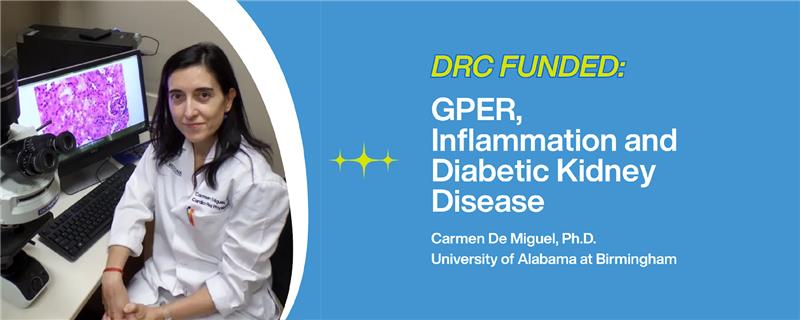Type 1 diabetes can be a challenging condition to manage. Because the body destroys insulin-producing beta cells, patients require regular blood glucose monitoring and use of insulin injections to stabilize their blood sugar levels. This differs from type 2 diabetes, which can in some cases be managed through targeted diet and exercise plans.
Changes in diet and lifestyle were previously thought to have little influence on type 1 diabetes because of the nature of the disease. It is not just that the body is not creating enough insulin, it is the fact that the body attacks and destroys the very cells that produce it.
However, new research is changing scientists’ understanding of type 1 diabetes and potential treatments. They have found that metabolites in the gut may help protect against type 1 diabetes. That means that changing one’s diet may make a difference. More specifically, adding whole foods that are high in fiber.
Researchers have been studying the effects of acetylated or butyrylated high-amylose maize starch on mice. Acetate and butyrate are short-chain fatty acids (SCFAs) that not only affect metabolism of glucose and cholesterol, but are also used for energy, immune tolerance to food antigens, increasing gut barrier function, and reducing inflammation. When mice were given acetate-infused water for five weeks, their incidence of type 1 diabetes was 30 percent lower than the control group – 40 percent versus 70 percent. After 10 weeks, the amount of immune cells that had infiltrated the pancreatic cells had decreased as well. The acetate water combined with acetylated or butyrylated high-amylose maize starch stopped the progression of type 1 diabetes in the mice.
SCFA supplementation is already being studied in clinical trials for gastrointestinal disorders and has shown positive results and no negative effects. Research will now expand to include SCFA supplementation for treatment of type 1 diabetes.
While typical foods do not contain acetylated or butyrylated high-amylose maize starch, they do contain regular maize starch, and that has been found to be effective as well. Eating a diet rich in high-fiber foods can stimulate the production of acetate and butyrate in the colon, thus potential supporting gut health and reduced risk of type 1 diabetes.
Beneficial foods include garlic, onions, leeks, asparagus, artichokes, beans, legumes, potatoes, rice, apples, oranges, bananas, cherries, and apricots. Just be sure to slowly introduce more fiber into the diet to allow the body time to adjust and reduce uncomfortable side effects such as stomach cramps or gas.
Using food for medicinal purposes is nothing new – it has been done for centuries. However, it is something that is often overlooked. These recent studies open doors to potential treatments and prevention methods for type 1 diabetes but require further research and testing. Organizations such as the Diabetes Research Connection support early career scientists in pursuing this type of work and advancing understanding and treatment of type 1 diabetes. Learn more and find out how you can support various projects at http://diabetesresearchconnection.org.




